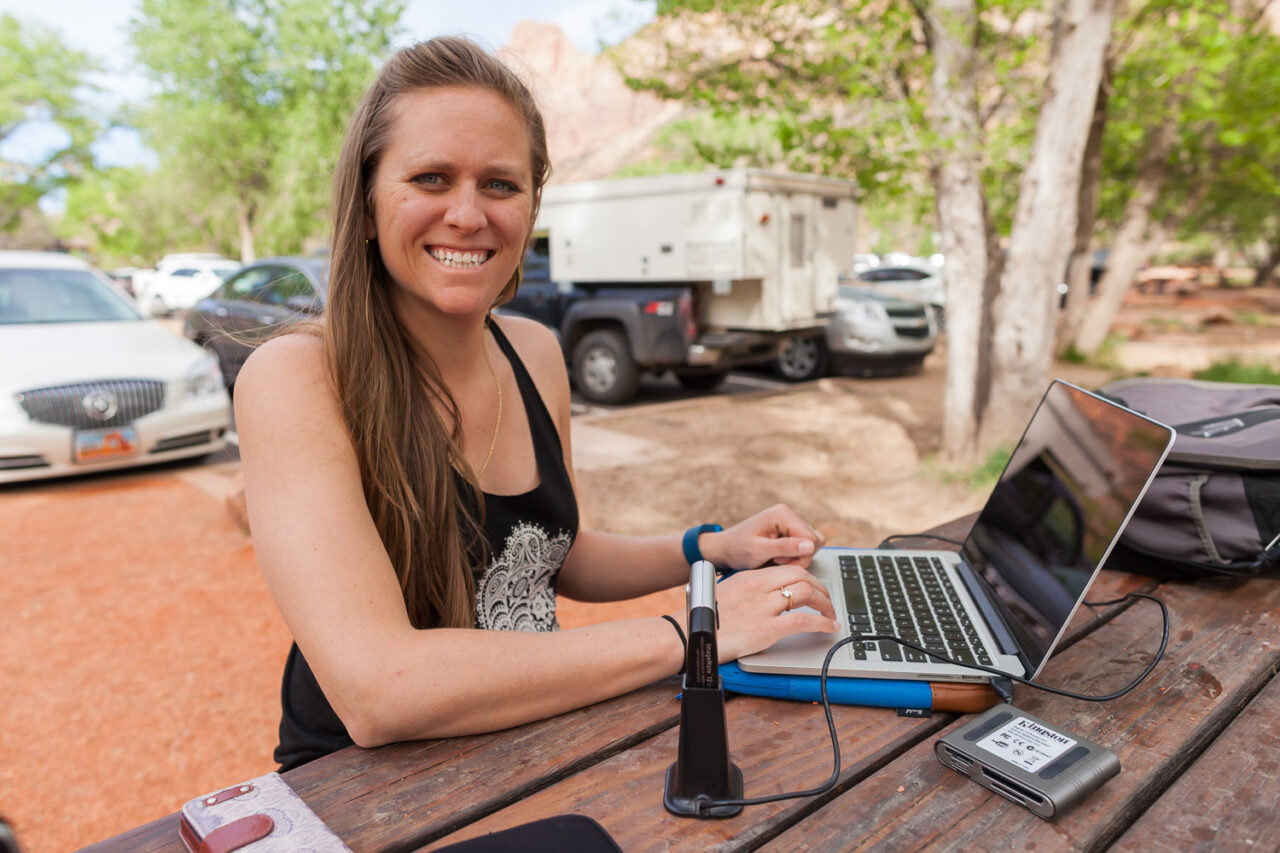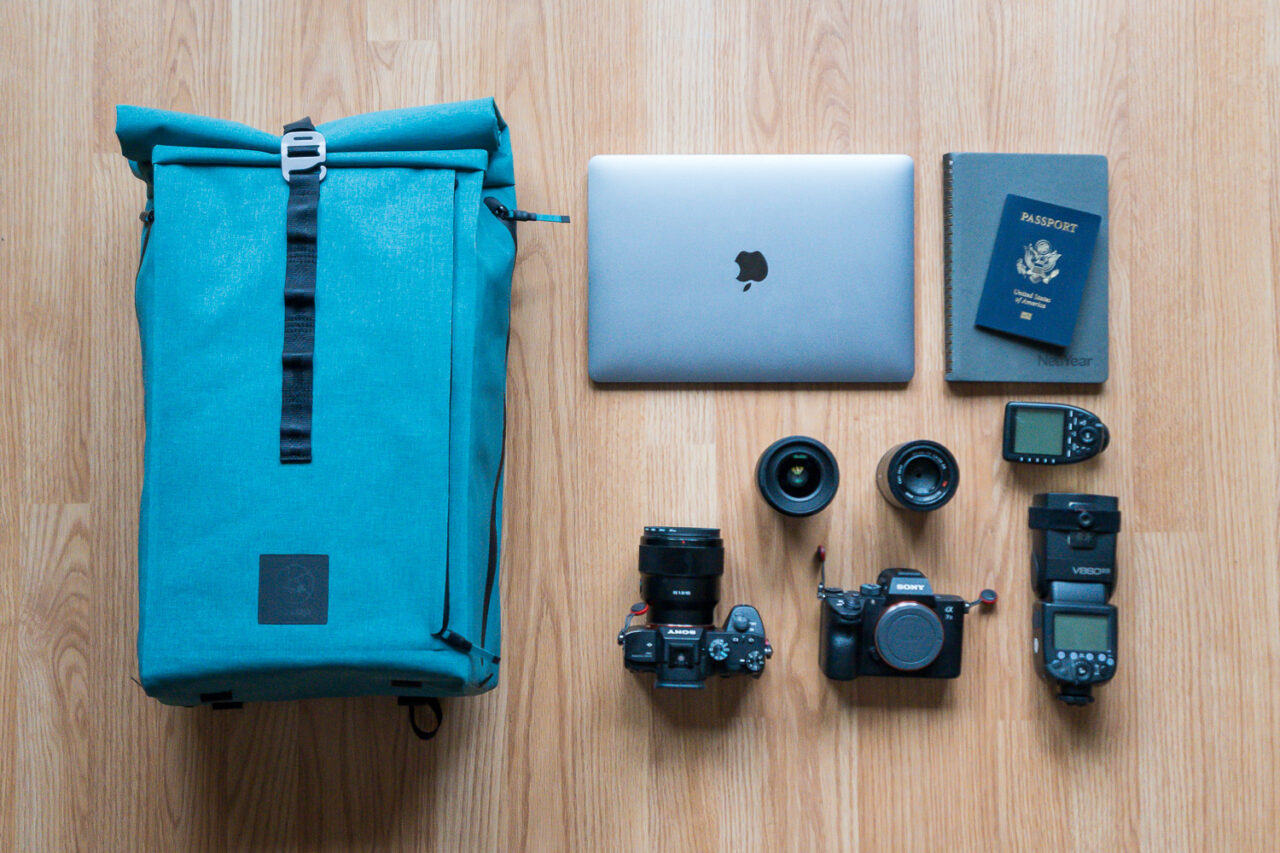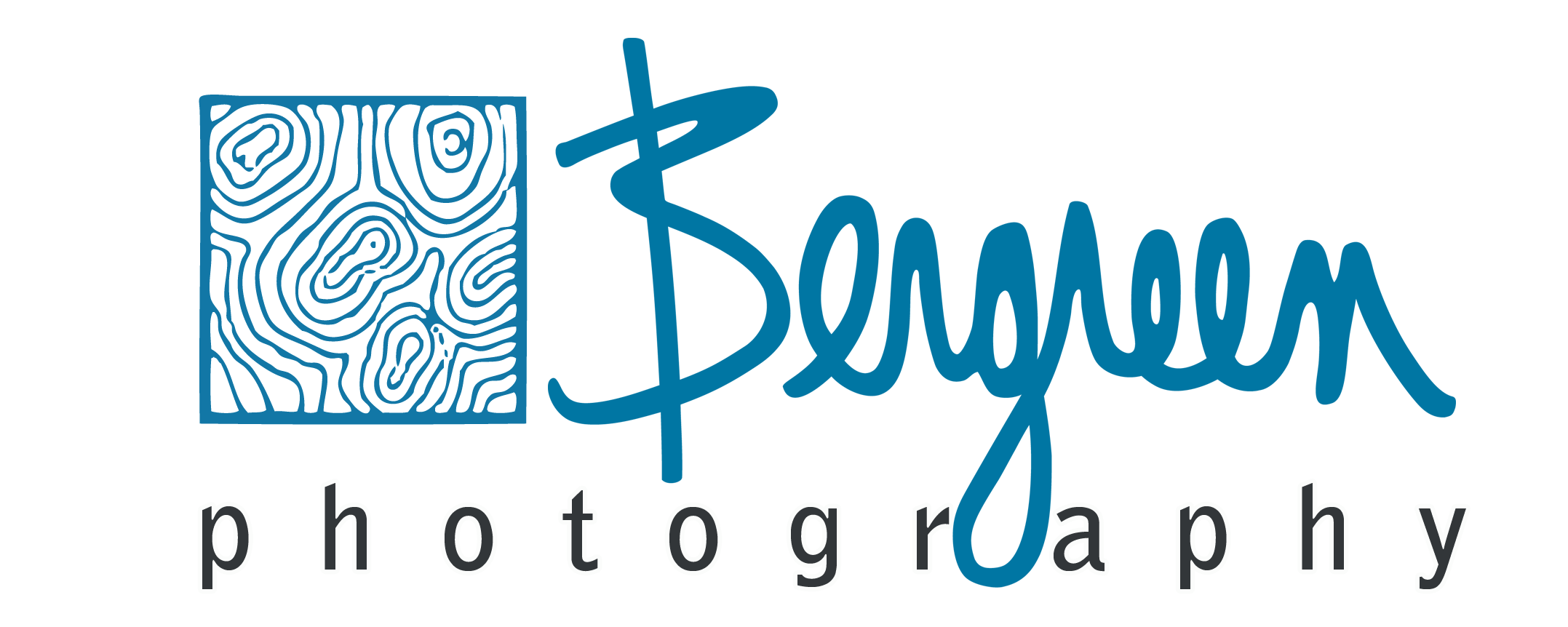Seeking Sustainable Income: Accounting for Creative Entrepreneurs
One of the big challenges for creative entrepreneurs is creating sustainable income. We’re busy following our dreams and trying to create a life we love, but that doesn’t mean we don’t need to think about future things like investments for retirement. So let’s talk about money and creating sustainability in our profits.
In this article, we’ll start by analyzing current income and expense information, talk through what sustainable income is, and then determine a few ways to build a sustainable income. Sustainable income is about planning for the future, whether that’s retirement or investments or expanding your dreams, but it’s also about peace of mind when it comes to money.
Being a solopreneur feels like taking a big risk, but the more we build sustainable income into our business practices the less risk we’re taking and the less scary the whole journey of creative entrepreneurship is. Then, you can focus on how to generate income, please your clients, and create things that both make a difference in the world and fulfill some market demand.

Analyze Current Income and Expenses
The first step to determining how to build practices that will lead to sustainable income is to make sure we have a clear picture of our income and expenses. Do we have clear and accessible financial statements so that we actually know what we make (income) and what we spend (expenses)? Accounting isn’t always a strength for creative entrepreneurs but it’s a crucial aspect of running a sustainable business long-term.
And better than just looking at a past financial statement, we need to have a budget so that we can plan for the future rather than simply reacting to what happened in the past. You can start with the expenses that are recurring items since they are the most predictable and then use past data to estimate future spending. Make sure you account for irregular items as well either by making a budget month to month or by averaging your spending.
Once you have a set monthly budget based on your knowledge both of recurring items and irregular items, you can use that data in addition to your accounts receivable to estimate future cash flows. This will also help you determine how much cash you need to maintain at all times and if there are certain months you need to generate more income. Your financial information will then help guide your marketing because you’ll know when you need to increase sales to generate more revenue for your business.
What is Sustainable Income?
Now, let’s talk about this goal of having sustainable income and what that actually means. Sustainable income means income that is able to be maintained over time. It’s one thing to make a profit, it’s another to make a consistent profit both now and in the future thus building a sustainable business that you can rely on.
We’re going to talk about a handful of ways to build this sustainability into your business practices. The importance of sustainable income cannot be understated, if we don’t have a reliable repeatable profit we can’t have a business. Once we take business income statements and account for all of the business expenses including interest, cost of goods, and income taxes, we get our net income.
Creating a sustainable income is about being about to trust in our ability to achieve that positive net income, repeatedly. Even if our income is based on irregular items such as having a lot of seasonable work, we are still able to have some form of predictability based on the recurring items and our ability to estimate future cash flows. And the information we have by watching our income statements allows us to know when we need to focus on marketing to build a more sustainable income, which is the topic of the next section.

Marketing for Sustainable Income
If we’re looking to build a more sustainable income, at some point we’ll step away from the income statements and focus on our marketing. Specifically, we might need to focus on diversifying and increasing our revenue streams. If one stream is tapped out or the flow is turned off for whatever reason, we need to have access to another revenue stream. Despite our desire to focus solely on our passion, diversifying to have multiple revenues is one of the best ways to reach our goal of sustainable income.
Another key might be to focus marketing on certain low seasons. If you see that your cash flow dips in certain months you might look for ways to increase your revenue during those time periods so that you can make money then rather than requiring your busy season money to last you all year. For example, if you are a wedding photographer that works primarily in the summer it would be beneficial to see what type of revenue streams you can add for the winter months.
Otherwise, you have to make your wedding season money stretch through the winter. You can look at market demand and see what gaps there are that your business might be able to fill. And who knows diversifying might help battle burnout.
Spend Less of Your Profits
Another aspect of building a sustainable income takes us a step away from marketing. Think about that net income, your income minus expenses including income taxes and interest. Another way to increase net income is to reduce expenses. Really, if a business is going to make a profit we need to spend less money than we make.
I know that should go without saying. But it really seems that people don’t look at net income or the true cost of all of their expenses.

How it Works in My Business
Let me put my money where my mouth is and show you how this all works in my business. We’ve been doing this entrepreneurship thing since 2011 so we have had some ups and downs, but mostly ups. The key is to always be building and growing, evaluating what’s working, and doing more of that.
We track all of our accounting year over year to help plan ahead and also build a sustainable income and business. Even when our clients aren’t necessarily returning clients, for example, wedding couples, our marketing plan is always focused on sustainability. For example, one of our values is that serving our clients well will serve us well, referrals and reviews are a strong part of our marketing plan because they help us achieve future work.
We started our business primarily focusing on wedding photography, which is exceptionally seasonal, especially in Colorado where we are now based. Therefore, diversifying the types of services that we offer was the obvious way to increase revenue streams it allows us to rely less on one type of work because we have income from a variety of sources now. Additionally, eliminating any unnecessary expense so that we make sure to budget for our net income to last throughout the year has been important.

Your Steps Towards Sustainable Income
Let’s review what we talked about in this article and walk through some steps to creating sustainable income. I’m going to make you do some accounting and marketing too, including knowing what your taxes are.
Sustainable Income Steps
- Determine your net income: income minus expenses
- Estimate future cash flow based on accounts receivable or past years
- Pay attention to your cash flow and any weak points
- Reduce expenses where possible
- Increase marketing either seasonally or in applicable revenue categories
- Build additional revenue streams where applicable
- Consider additional products or services you can offer to increase profits
- Build a marketing plan based on sustainability
Hopefully, these steps towards sustainable income give you peace of mind when it comes to money. Then you can focus on doing what you do best and creating!
About the author: I am Brenda Bergreen, one half of a husband and wife photography team specializing in Colorado wedding photography and videography and adventure photography.
Download our free guide on how to build a creative business and a life you love. Don’t hesitate to contact us and let us know how we can help!
In the meantime, remember to…








